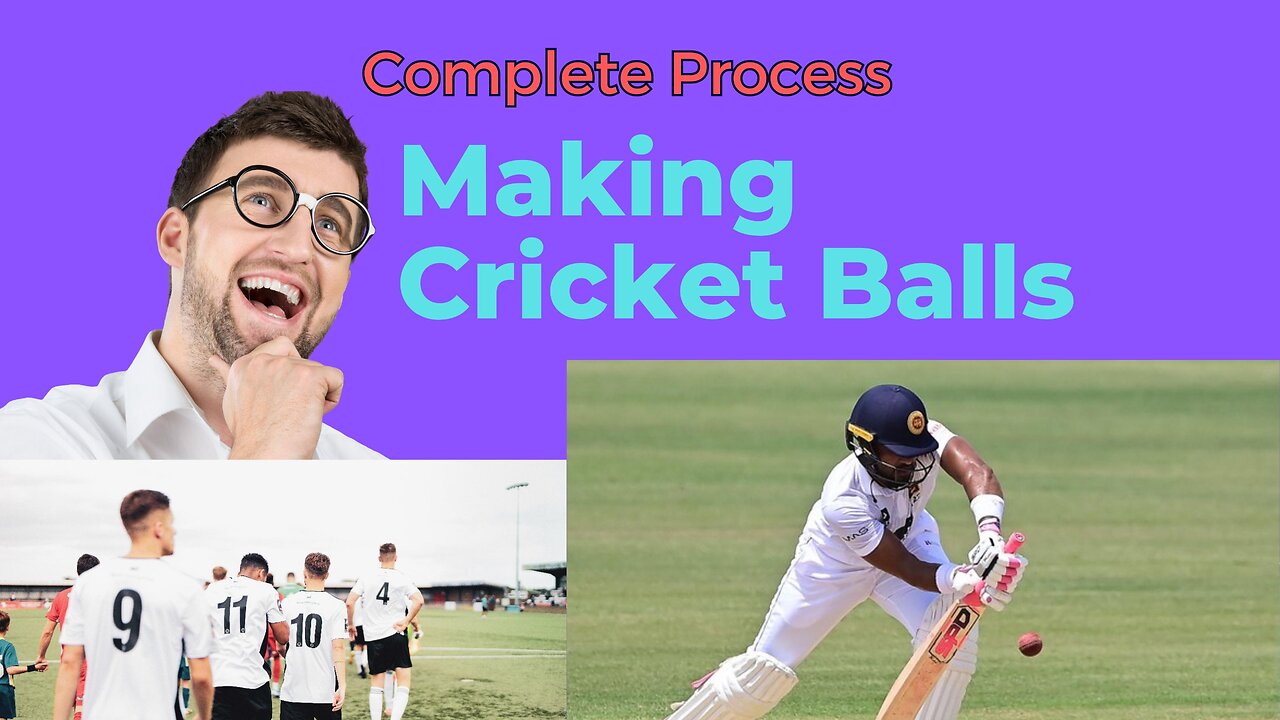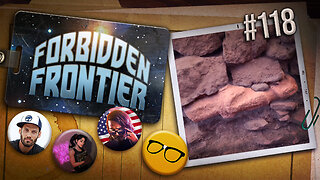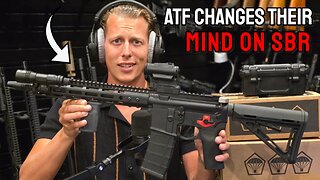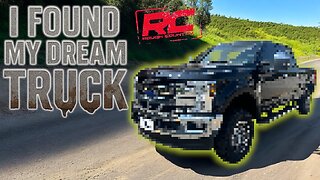Premium Only Content

Labored Process of Making Cricket Balls
Complete Process
1) Selection of Raw Materials:
The primary materials used in cricket ball production are leather, cork, and thread. High-quality leather is selected for the outer covering, and cork is chosen for the core.
2) Cutting Leather:
The leather is cut into two identical hemispheres, each forming one half of the ball's outer shell. These pieces will later be stitched together.
3) Shaping Cork Core:
The cork is shaped into a hemisphere that will serve as the core of the cricket ball. It's important to ensure the core is symmetrical and of the correct weight.
4) Stitching:
The two leather hemispheres are stitched together using a specialized technique that ensures the seam remains flush with the surface. This stitching process requires great skill and precision to maintain the ball's shape.
5) Applying Waxed Thread:
The seam is coated with waxed thread to enhance its durability and prevent fraying during play. This also contributes to the ball's ability to swing in the air.
6) Layering and Binding:
Additional layers of cork and string are added to the core to give the ball its structure and weight. The core is bound tightly with string, and another layer of cork is added.
7) Applying Outer Leather:
The core is encased in the two leather hemispheres stitched together earlier. The leather is stretched and glued to ensure a snug fit over the core.
8) Shaping and Pressing:
The ball is carefully shaped using hand tools or specialized machinery to give it its final round and even shape. It is then pressed to compact the materials and solidify the ball's structure.
9) Polishing and Finishing:
The outer surface of the ball is polished to achieve a smooth and consistent texture. This step is crucial for maintaining the ball's aerodynamics during play.
10) Quality Control:
Each ball undergoes rigorous quality control checks to ensure it meets the required weight, dimensions, and performance standards. Balls that pass these checks move on to the next stage.
11) Final Inspection:
A thorough inspection is carried out to detect any defects, inconsistencies, or imperfections. Only balls that meet the strict criteria are approved for use.
12) Stamping and Branding:
The approved cricket balls are stamped with relevant information, such as the manufacturer's logo, ball type (red or white), and any certification marks.
13) Packaging:
The finalized cricket balls are packaged and prepared for distribution. They are usually placed in protective cases or boxes to maintain their condition until they are used in matches.
-
 3:28:14
3:28:14
Badlands Media
1 day agoThe Narrative Ep. 39: The Sovereign Mind
133K39 -
 2:17:35
2:17:35
TheSaltyCracker
13 hours agoThe Charlie Kirk Effect ReeEEStream 9-21-25
149K393 -
 2:03:07
2:03:07
vivafrei
13 hours agoEp. 283: Charlie Kirk Memorial and other Stuff in the Law World
247K227 -
 9:13:12
9:13:12
The Charlie Kirk Show
23 hours agoLIVE NOW: Building A Legacy, Remembering Charlie Kirk
2.21M988 -
 1:55:20
1:55:20
The White House
16 hours agoPresident Trump Participates in the Memorial Service for Charlie Kirk
129K97 -
 1:02:41
1:02:41
Sarah Westall
15 hours agoDomestic Terror Operation: Death Threats, Smear Campaigns, Gang Stalking w/ Journalist Sarah Fields
86K13 -
 1:51:40
1:51:40
Nerdrotic
15 hours ago $27.31 earnedGobekli Tepe Discovery and "Reconstruction" | Forbidden Frontier #118
120K15 -
 29:07
29:07
Tactical Advisor
15 hours agoATF Changes Ruling on SBR & Tacpack unboxing | Vault Room Live Stream 039
116K24 -
 2:00
2:00
From Zero → Viral with AI
21 hours ago $7.01 earnedAre You Being Left Behind? Why AI Marketing is No Longer Optional
64.8K11 -
 9:10
9:10
BlackDiamondGunsandGear
18 hours agoI Finally Got it! / Rough Country Build Ep.1
44.3K12